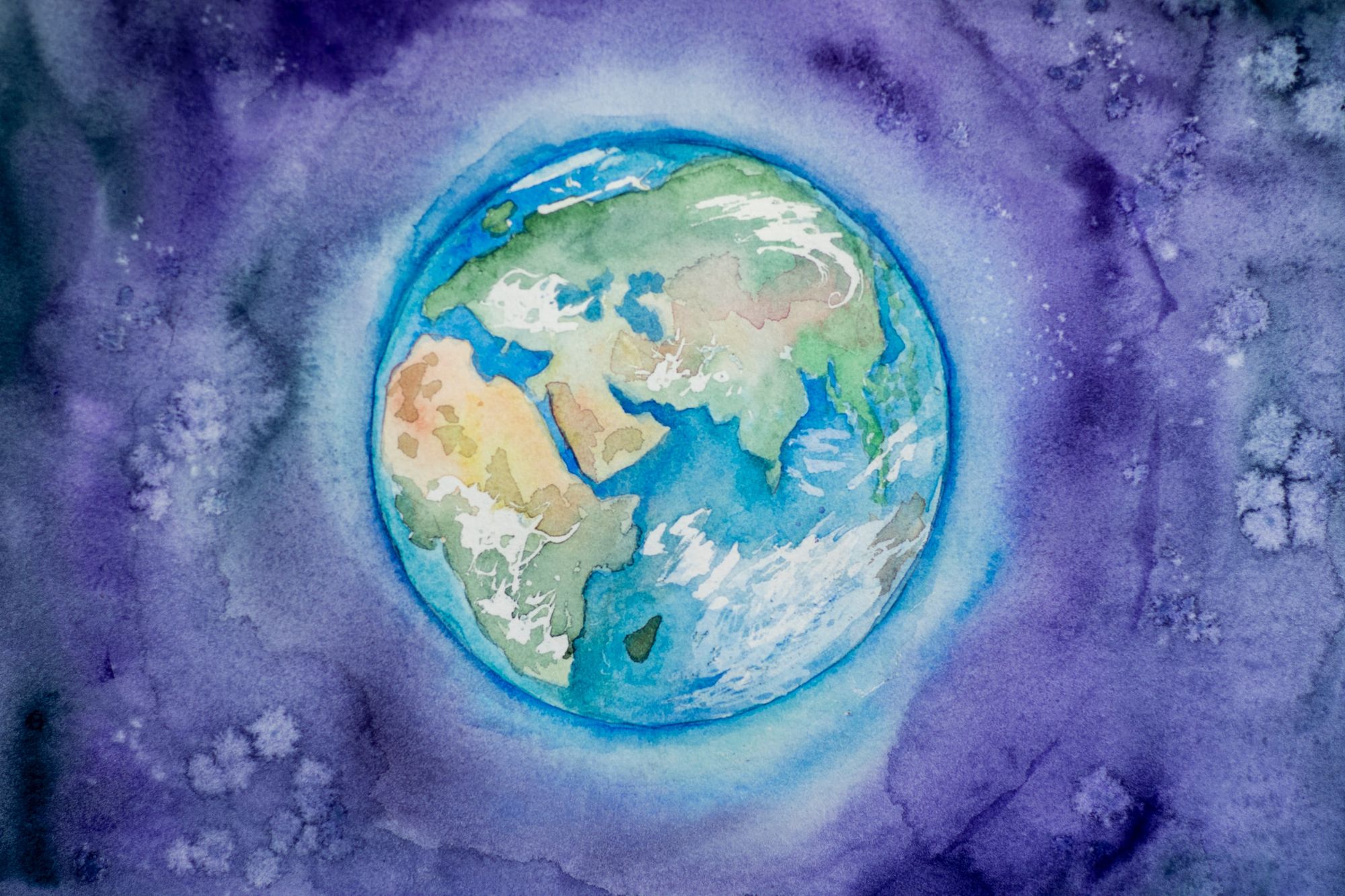The UN’s latest environmental report, published on 9 January, says the ozone hole over Antarctica could disappear in around four decades and is already in the healing process. The positive developments result from the international regulations introduced in the late 1980s. But what changes if the ozone layer is healed?
We are aware that it is essential to protect the ozone layer and that the ozone hole should be closed, but many people do not know exactly why. The ozone layer is a region of the stratosphere containing a high concentration of ozone molecules. It is crucial in absorbing harmful ultraviolet radiation, thus protecting the Earth’s living creatures. The ozone shield’s thickness geographically varies, thinnest over the poles and thickest over the equator. The depletion of the ozone layer, meaning the decrease of ozone molecules in the atmosphere, is disadvantageous for humans, leading to dire consequences—for instance, a higher risk of skin cancer, genetic damage, and weakened immune systems.
According to a recent UN study, the ozone layer is on the mend, and the hole may even disappear completely by 2066. The improvement is due to human efforts. In 1987, an international treaty, the Montreal Protocol, banned the use of certain harmful chemicals that were destructive to the ozone layer. These are the so-called halogenated hydrocarbons, which were used to power refrigerators and air conditioners, among other things.
The ozone hole over Antarctica was discovered in 1985. Only two years later, in 1987, the Montreal Protocol was signed. The international treaty to address the ozone depletion issue entered into force in 1989 but has been revised several times since then. The Montreal Protocol is also unique because it is the first UN treaty ratified by all member states. As a result, around 99% of ozone-depleting substances have been phased out.
The intervention appears to be a success: The ozone hole increased until about 2000 but then began a slow recovery. Current projections suggest the Montreal Protocol will reach its aims. If the progress continues, the thickness of the ozone layer will reach the pre-1980 levels by 2045 over the Artic and by 2066 over Antarctica. According to the director of the UN Environment Programme, progress could save up to two million people a year from cancer.
The recent news of the ozone hole’s recovery is definitely positive, but it should be noted that the current promising outlook is not guaranteed. The positive developments might be reversed due to external disturbances, such as human interventions to reduce global warming. For example, stratospheric aerosol injection would mitigate global warming by introducing aerosols into the stratosphere to trap solar radiation, but it may harm the ozone layer’s recovery. However, the recovery process so far demonstrates that conscious human intervention is paying off and that a goal-oriented mentality is needed rather than a resigned, „it does not matter anyway” attitude.

Budapest, a city of tattoos | TOP 5

An interior design studio that transforms the past into present | Loft Kolasiński










